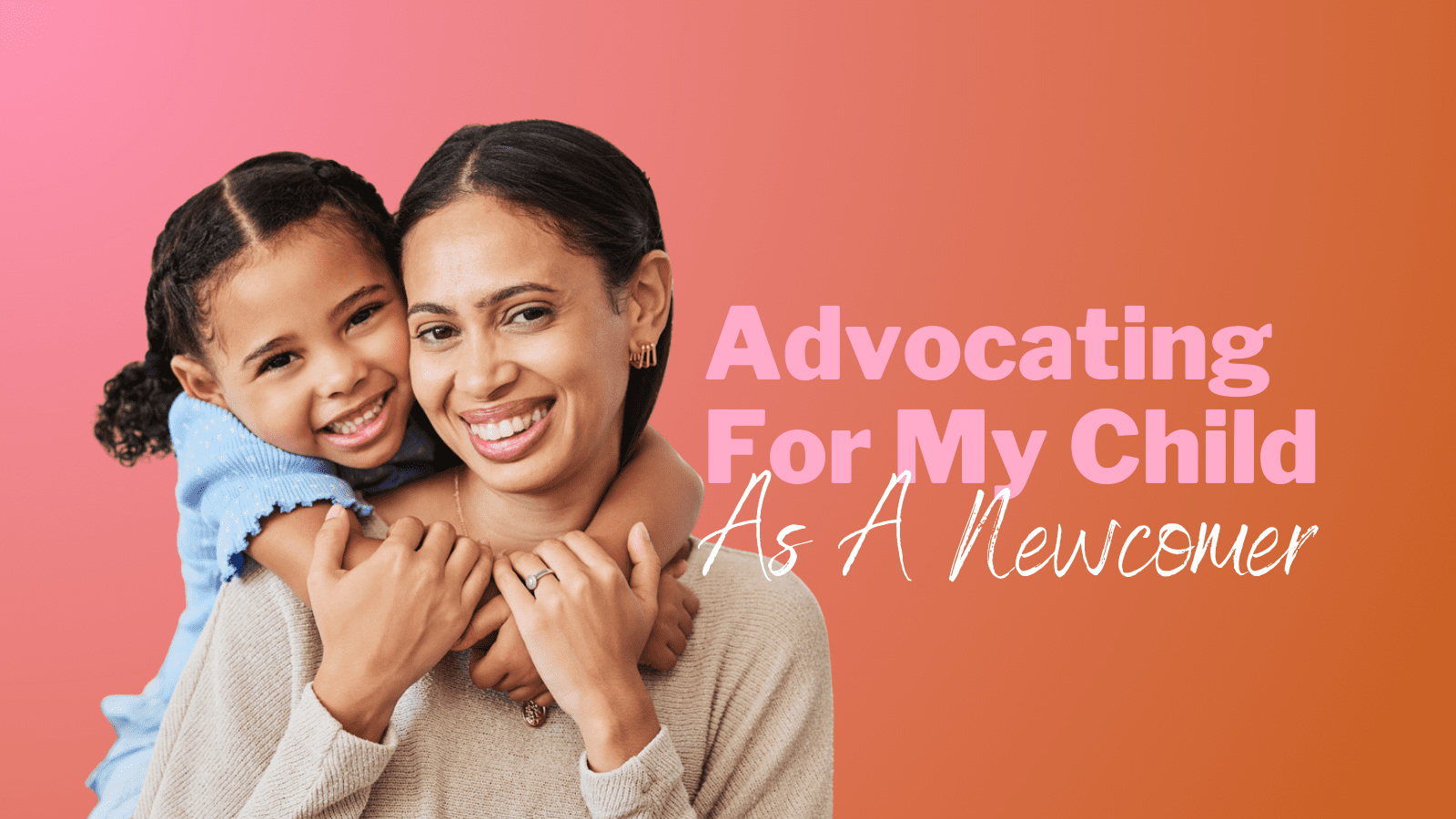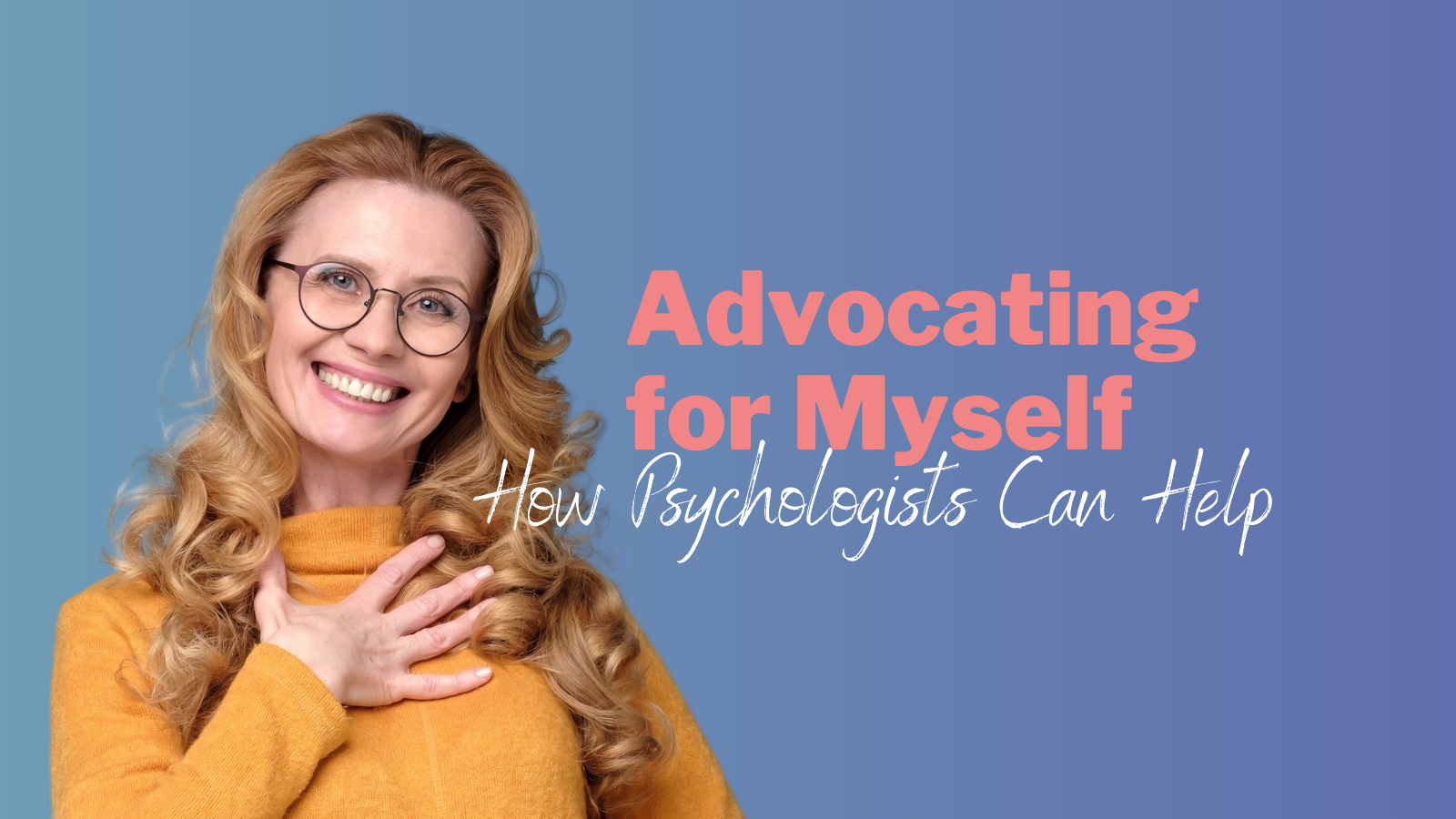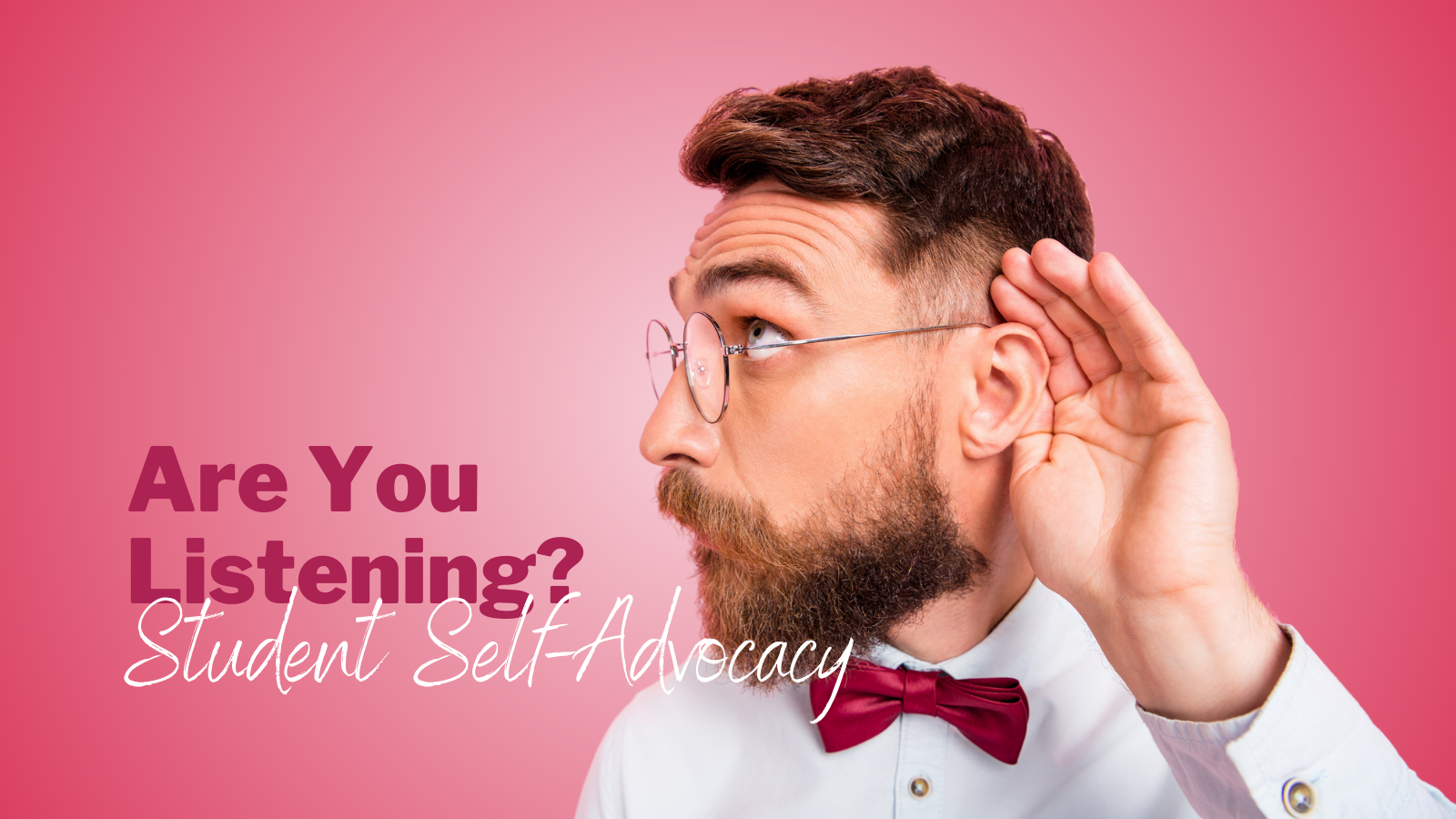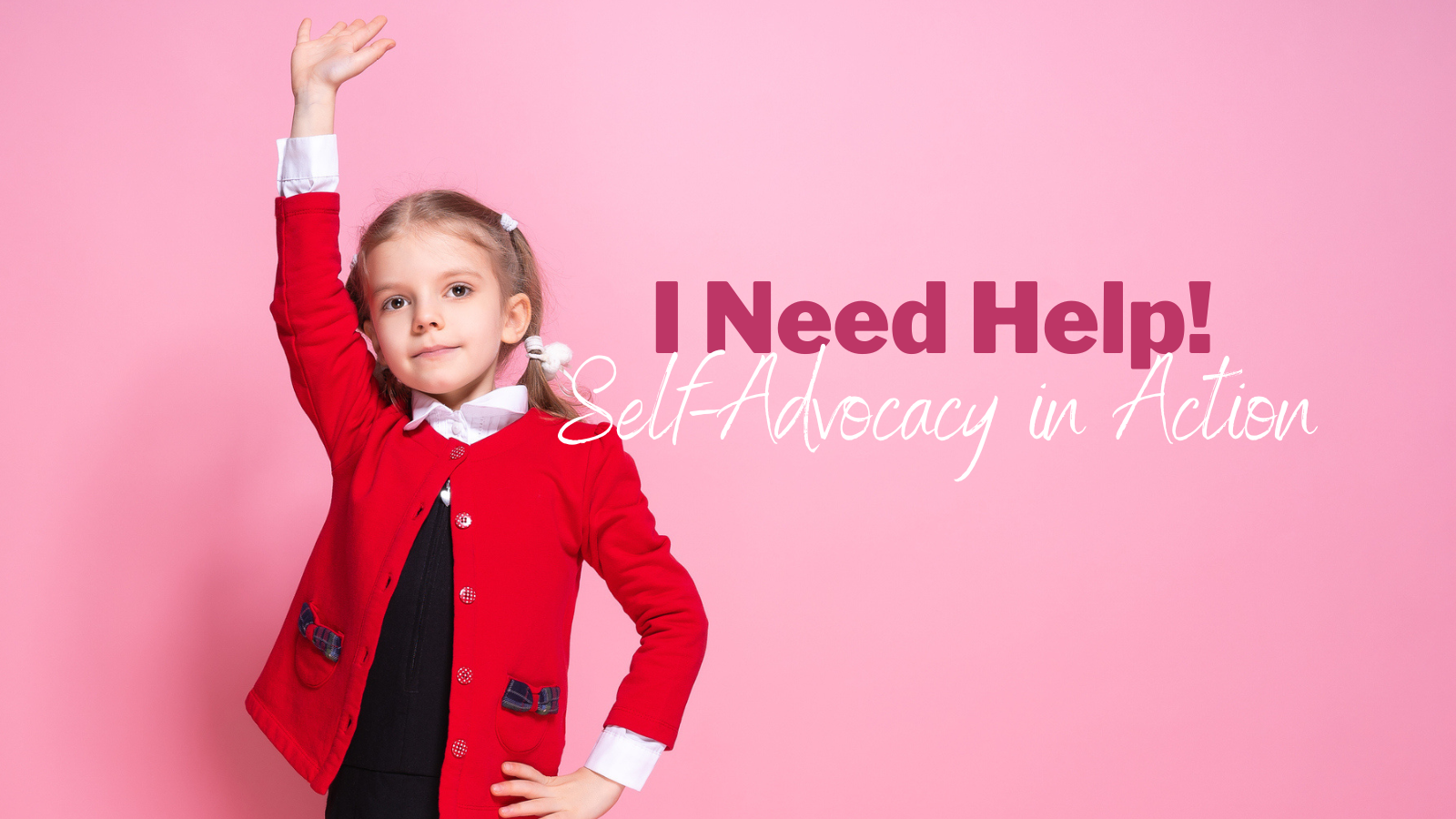Did you have accommodations in high school?
Extra time on tests, a quiet testing space, extensions on assignments, or the use of assistive technology like speech-to-text software or a screen reader, are typical accommodations in high school classrooms. You may have had teachers who were understanding and supportive of your challenges with disabilities, whether physical or invisible like ADHD, Learning Disabilities or anxiety, and accommodated to varying degrees. However, it’s likely that the entire process of asking for and receiving those accommodations, which culminate in a formal, signed Individual Program Plan (IPP, IEP or LSP depending on your school board), was accomplished solely by your parents and teachers through rounds of calls, emails and meetings, with little input from you.
That is not how it works in post-secondary.
Accessing academic accommodations and support at the post-secondary level is significantly different to the way in which you received academic accommodations and support in high school. One of the key differences is that in the post-secondary landscape, the student plays a key role as a self-advocate. The student, not the parent, has the responsibility to initiate and be involved in the academic accommodation process. Many high school students with disabilities can feel especially overwhelmed by both the transition to post-secondary itself, as well as to their new role as a self-advocate. This sudden transition from being just a recipient of accommodations to now orchestrating them, can be both challenging and stressful.
What is the Duty to Accommodate?
In the post-secondary environment, increased independence and privileges are balanced by increased personal and academic responsibilities. The provincial legislation that establishes the Duty to Accommodate on the post-secondary institution includes a whole array of rights and responsibilities held by all the key stakeholders, including the students themselves. In some ways, accessing accommodations and supports at the post-secondary level is easier, and the range of ways to reduce learning barriers, more comprehensive and consistent than in high school simply because the legislation governing the processes is different. But it all begins with you, the student, being confident enough to start that ball rolling.
What do I need to say?
Consider how comfortable you are with the following skills:
- contacting the accessibility office either by phone, email or in-person
- meeting with an accessibility advisor
- discussing the impact of your disability
- describing which accommodations best support your learning
- approaching an instructor or professor to discuss your accommodations
- explaining accommodations to group members on collaborative projects
- advocating for yourself when difficulties arise
These communication skills are critical to your success as a student with a disability. If you did not have the opportunity to develop or hone these in high school or in some other setting prior to transitioning to post-secondary, then you need to practice them. Work with your parents or friends to role-play through various scenarios. Perhaps the guidance counsellor, learning support staff or one of your teachers at high school will set aside some time to work with you. Reach out to academic or self-advocacy coaches for practice sessions.
Become comfortable with talking about what you need to be a successful student. You have the right to accommodations, you have the responsibility to ensure them.
About the Author: Dr. Ana Pardo is passionate about empowering high school students with disabilities to advocate for themselves at the post-secondary level. She is the head of Academic Accommodation Advising – Bridge the Gap and has spent the last thirty-five years of her career examining disability, diversity and equity issues. Most recently, she has been the Director of Access and Inclusion Services at Mount Royal University and was previously the Director of Accessibility Services at the University of Calgary.








